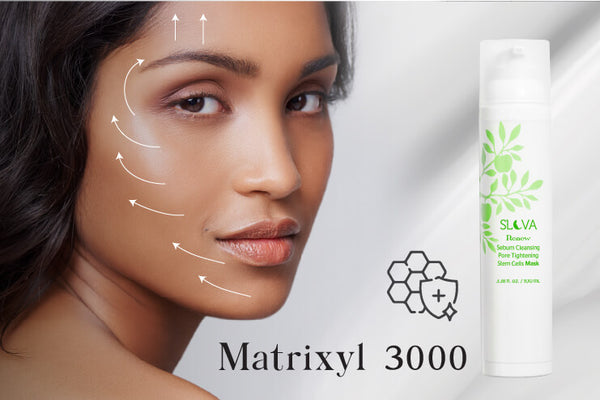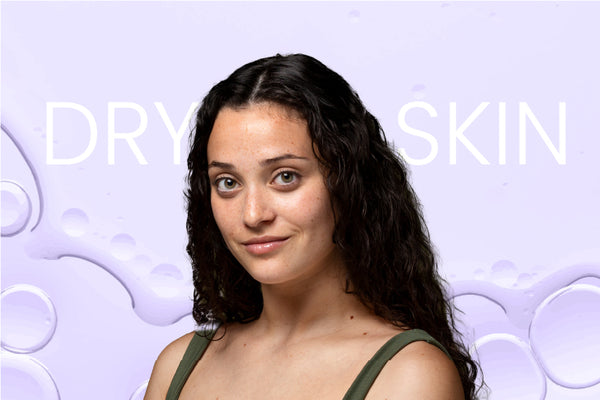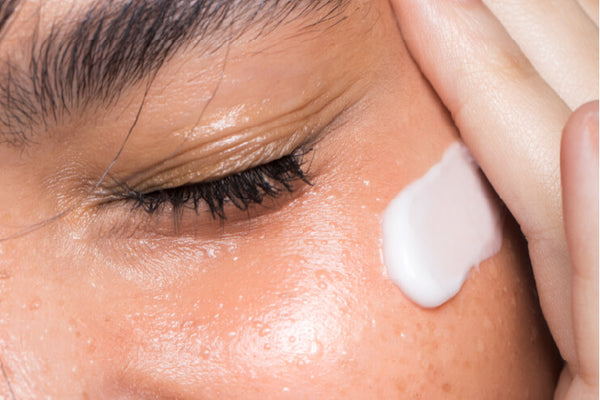Note: "Add 2 products to avail Buy 1 Get 1.
Not Applicable on Combo products."
Tiny Bumps On Your Face? Here's How To Get Rid Of Them

Maintaining a good skincare routine, drinking enough water, having a sound sleep cycle, and maintaining a good diet and fitness routine, and yet sometimes you might feel that your skin is not glowing!? It is quite common for adults to develop skin conditions owing to any factor: be it diet, surroundings, lifestyle, cosmetics, or anything else.
One of the most common skin conditions that you might have come across: tiny white bumps on the skin. Now, you might be wondering what these are? Pimples? Acne breakouts? Whiteheads? No, no, and no! These are called: Milia (pronounced: mi·lee·uh)
What exactly is Milia?

Milia are small white bumps that are usually grouped together on the cheeks, chin, and nose. Milia develop when skin flakes are trapped underneath the surface of the skin or when keratin (skin protein) builds up and gets trapped in the open pores.
Milia is most common in newborn babies. As per research: 40 to 50 percent of newborn babies have milia on their skin within a month of being born. But it can also affect kids, adolescents, and adults.
Milia, in newborns, are almost always resolved on their own without any treatment. However, in adults, they're commonly extracted or otherwise removed.
There are few tips that you can follow to help speed up the healing process and prevent more milia from getting formed. Read below.
Tips to prevent milia:
- Avoid excessive exposure to the sun
- Avoid the use of thick creams
- Avoid oil-based skincare products/cosmetics
- Try to exfoliate at least 2 times a week
Milia can sometimes also arise following a chemical peel treatment. You can prevent it by applying a topical retinoid before the procedure. But you must consult your dermatologist before doing that, as retinoids can cause dark spots or excessive irritation when used in combination with chemical peels.
Tips to take care of milia

Don't pick or poke them: Trying to remove them may cause the bumps to bleed, scab, and scar. Scraping the skin can also introduce germs to the area, thus causing infection.
Cleanse the area: Make sure that you're cleaning your face with a gentle, paraben-free face wash. If the face wash isn't mild it will strip your face off the oils it needs to stay balanced and healthy. After washing your face, pat your skin dry instead of letting it air dry. This will prevent your skin from chafing or drying out.
Steam to open your pores: It is very beneficial to open the pores to remove the other irritants. One of the ways to do that is by letting your face take steam. Taking steam will gently open your pores thus releasing skin flakes or other irritants that may be trapped underneath.
Gentle exfoliation: Exfoliating the skin gently might help keep your skin free of irritants that cause milia. Some exfoliating agents keep the keratin from overproducing in your skin. Look for those exfoliating cleansers that have salicylic acid, citric acid, or glycolic acid in them.
Note: Exfoliating too much can irritate the skin, so don't overdo it. Start by exfoliating once a week and see if it improves the condition of milia.
Try for facial peel: Facial peels that contain exfoliating ingredients may also help, but you must use them with caution. If you've already been using facial peels as part of your skincare regime, it is probably safe to continue doing so. You can use those peels that have salicylic acid or glycolic acid in them. But if you're new to facial peels, don't start using them on your own. Consult your dermatologist before introducing them to your routine as facial peels that have strong ingredients may worsen the milia.
Use retinoid creams: Some research recommends topical retinoid creams to treat milia. Retinoid creams contain vitamin A: the essential vitamin for the health of your skin. Use retinol-based cream once a day and follow it with sunscreen, as retinoids make your skin more susceptible to sun damage.
Use an SPF daily: It is a known fact that you should be wearing sunscreen every day to protect your skin from the ultraviolet sun rays. Another benefit of sunscreen is that it can decrease the skin irritation that causes milia. Always choose a sunscreen that has SPF 30 or higher. Read the ingredients of your sunscreen before buying it and make sure it doesn't have anything that you're allergic or sensitive to.
When to consult a dermatologist?
Milia usually aren’t that serious and can resolve on their own after a few weeks or you can get rid of them by using exfoliating treatments. If your milia don't respond to the treatments even after several weeks, then consider consulting a dermatologist. The doctor may use a hypodermic needle to remove the cyst or freeze the cyst before removing it. Your doctor can also make sure that the milia aren't some more serious skin condition.


